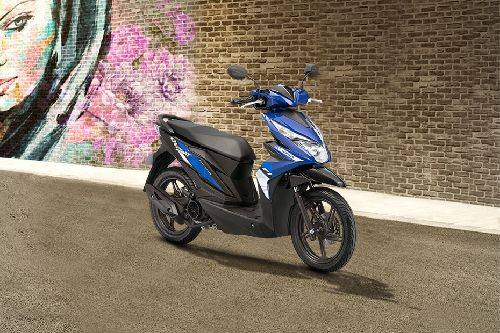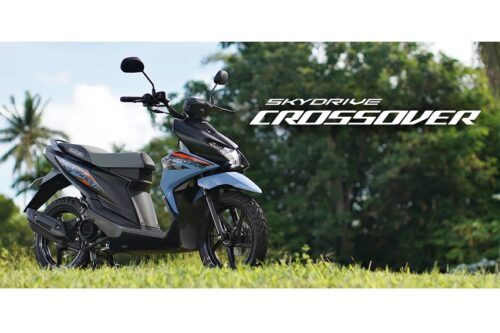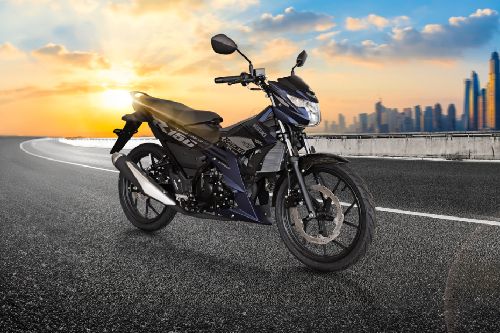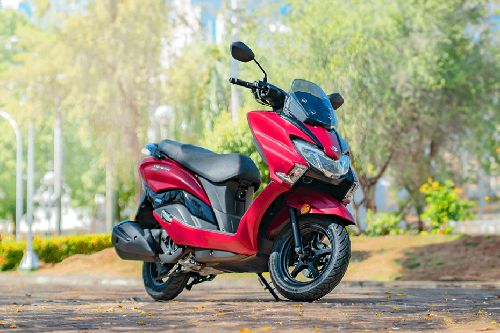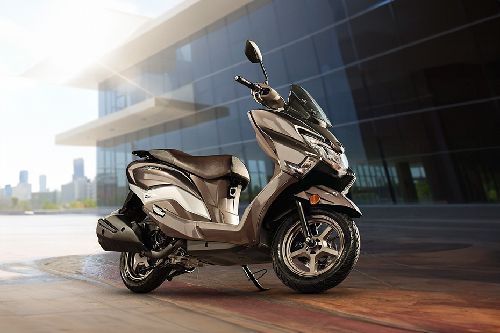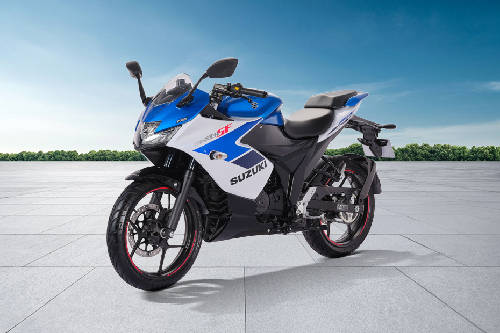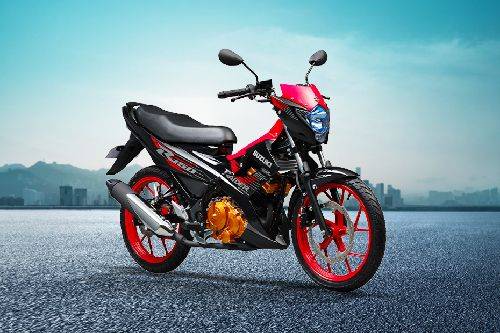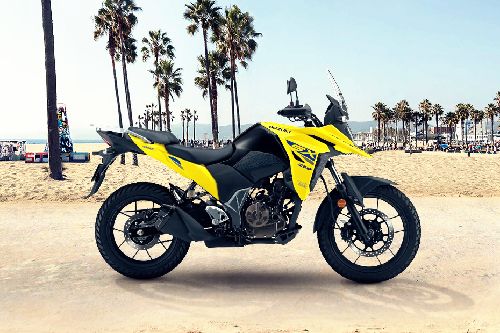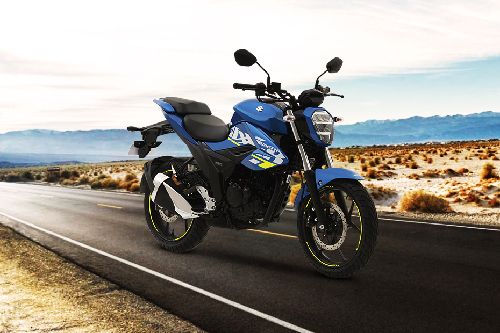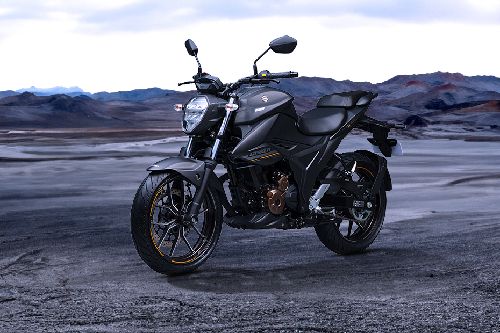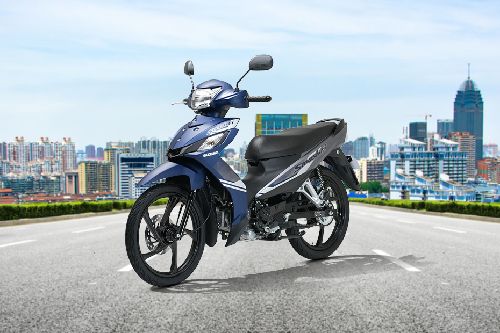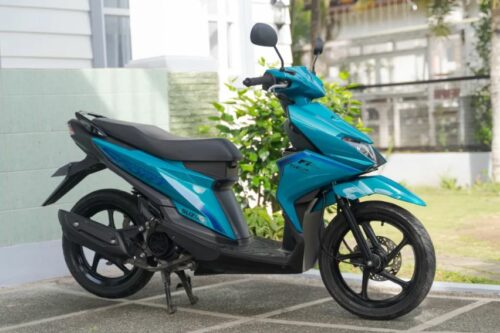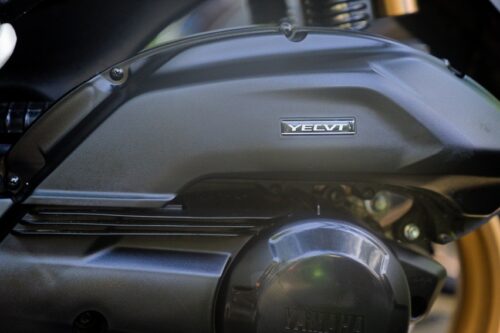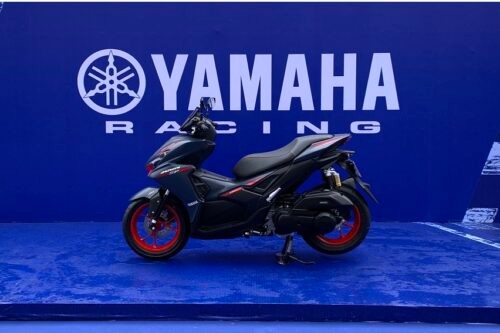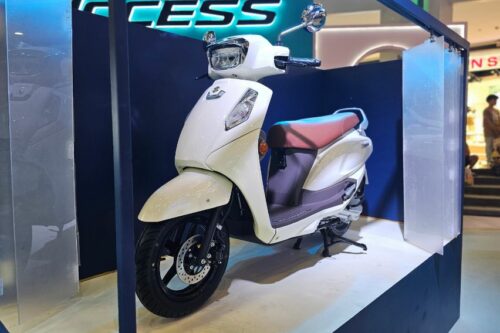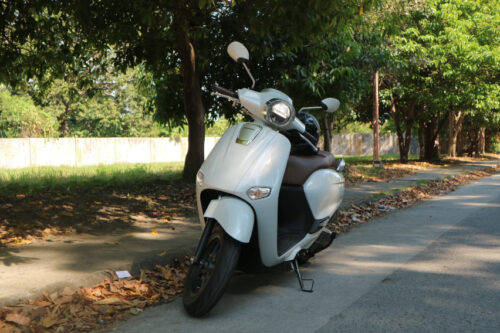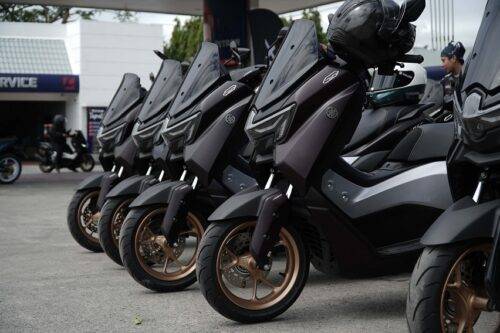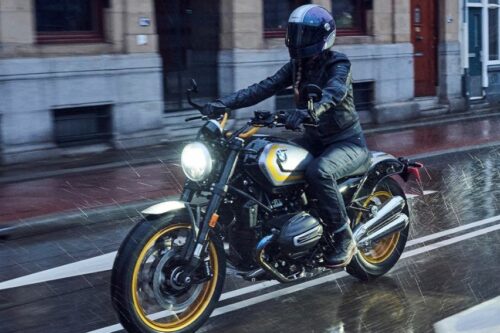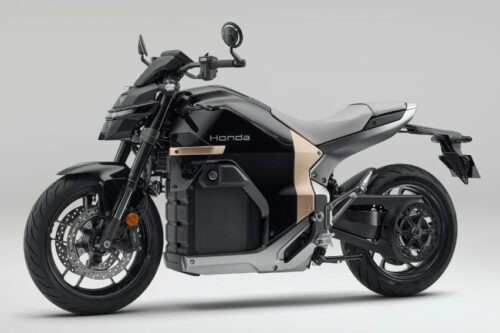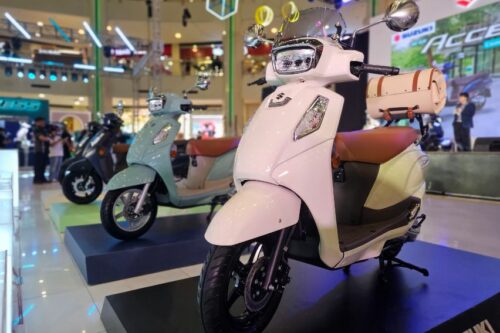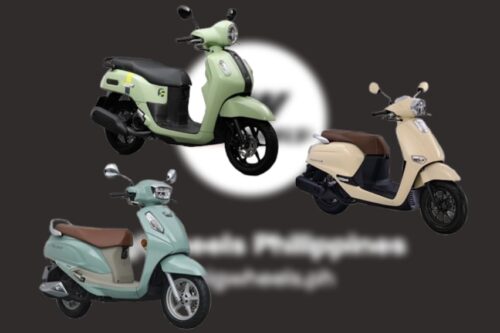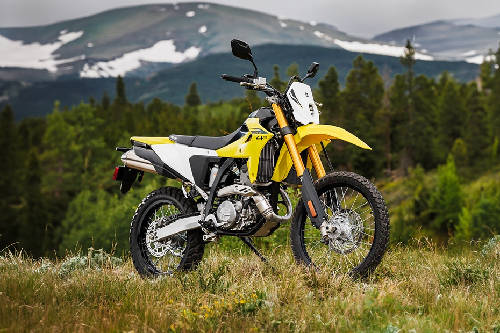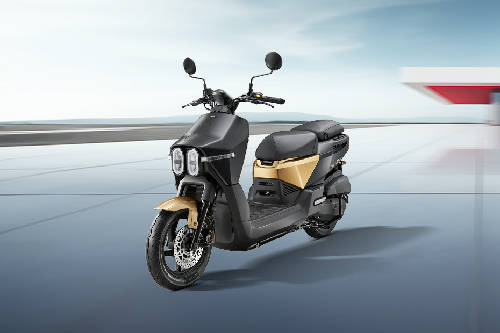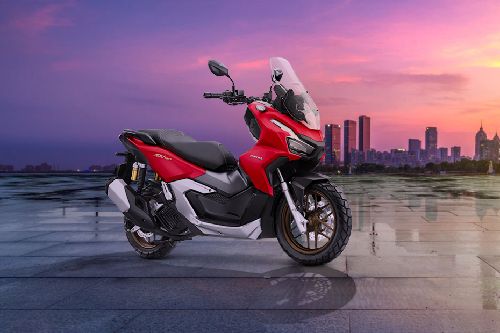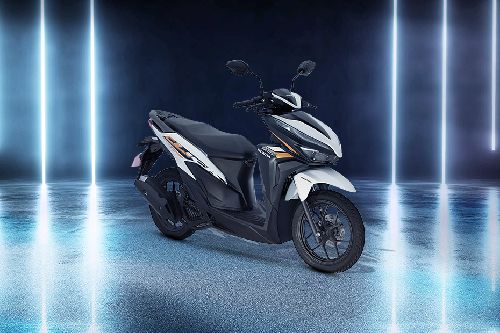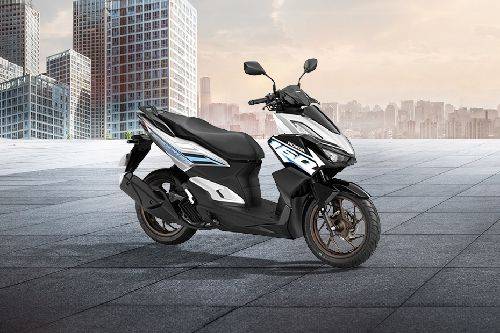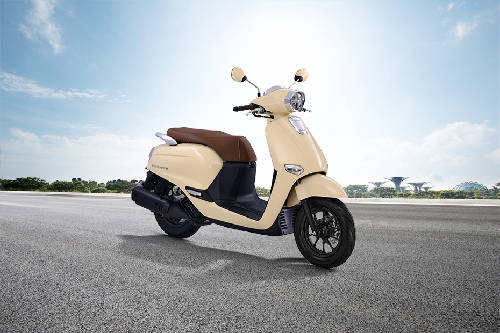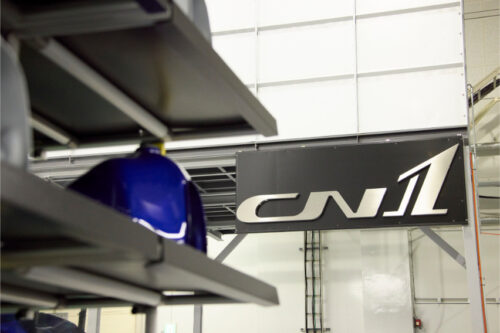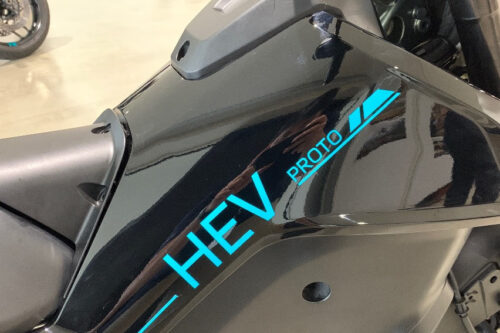Suzuki Skydrive Crossover vs. Honda BeAT
The Suzuki Skydrive Crossover is priced at P73,900

Suzuki Philippines Incorporated has entered the aggressive-looking category of the country’s small-displacement scooter segment when it introduced the Skydrive Crossover.
While it does bear certain similarities with the Skydrive Sport, it stands out from Suzuki Philippines’ lineup thanks to its outdoorsy look and go-anywhere attitude. And while the Skydrive Crossover offers something unique as far as the brand’s scooters are concerned, there are several models from other makers ready to welcome it with a challenge.
On that note, we pit the Suzuki Skydrive Crossover against a segment staple — the Honda BeAT. Join us as we find out which scooter will come out on top.
Body: Suzuki Skydrive Crossover
The Suzuki Skydrive Crossover, as we’ve briefly covered above, has an adventurous character despite its small size.
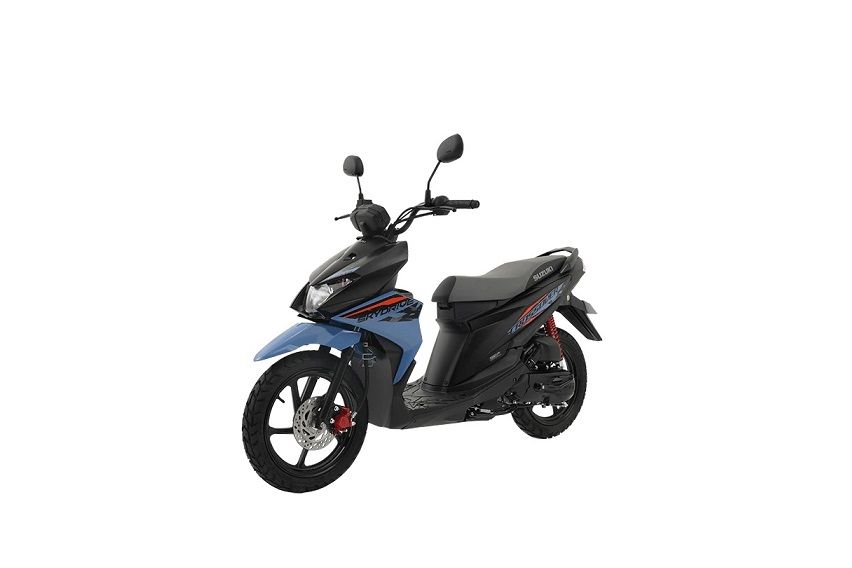
At the fore is a naked handlebar with a robust-looking instrument panel sticking above its front fairing. The lack of a top cowling works to its advantage as the Suzuki Skydrive Crossover looks more audacious without one.
Those asking where the turn signals are, will find them in the cluster of lights situated in the front panel. Designs of the adventure-ready Suzuki V-Strom lineup tricked down to the Skydrive Crossover as the front fenders — as well as the aforementioned front fairing — has a sharp “beak-like” design, giving the small, but capable scooter an aggressive character.
Under the said fenders is an oil-damped, telescopic front suspension as well as 14-inch wheel with 80/90 tubeless tires. It also has a lightened round disc brake to provide the Suzuki Skydrive Crossover with the necessary stopping power.
In the middle, the Suzuki Skydrive Crossover offers plenty of angles thanks to its geometrically-designed panels. The said design element adds to the can-do attitude of the small motorcycle and further reiterates its adventurous character.
Here, one will find its comfortable saddle, its foot pegs (for pillion passengers), its continuously variable transmission (CVT) housing, and its muffler with an angular cover.
At the rear, the Suzuki Skydrive Crossover comes with a sharp-looking grab bar, a rear light cluster that resembles the one it has at the front, and a protruding rear fender. Under which is an oil-damped, swing arm-type suspension that compliments a 14-inch wheel shod in 90/90 tubeless tires. Stopping power comes from drum brakes.
Other notable exterior features of the Suzuki Skydrive Crossover include its fully-digital instrument cluster, its colored brake caliper and rear suspension, as well as its semi-block tires — which by the way look really good on the adventure-style scooter.
Body: Honda BeAT
The Honda BeAT somehow deviates from the adventure-oriented design that the Suzuki Skydrive Crossover offers. Instead, it boasts a sporty exterior that somehow attracts plenty of motorcycle riders and motorbike shoppers.
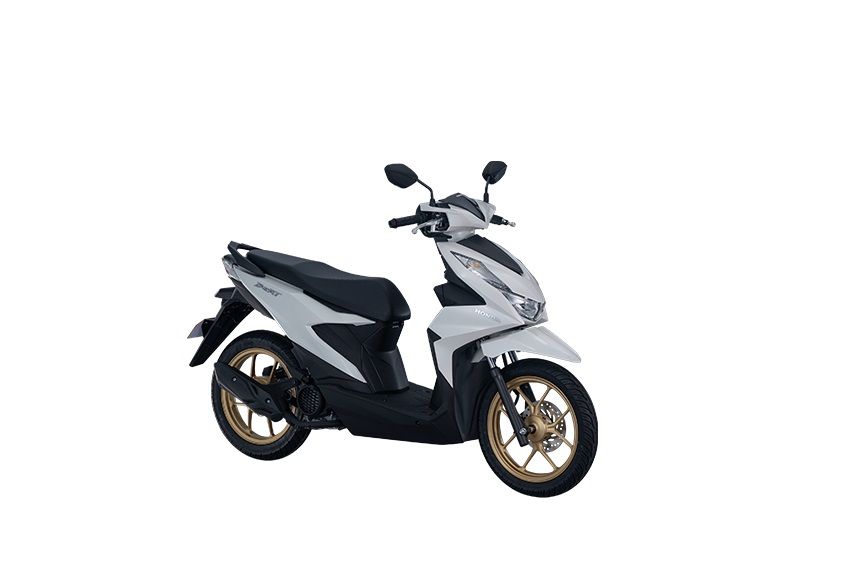
At its front is an athletic-looking fascia. Under its sporty cowling is a fairing that houses its sharp-looking headlamps. On the upper right-hand side of the said panel are its turn signals. It also packs a short front fender, where one may find its telescopic front fork with 14-inch cash wheel wrapped with 80/90 tubeless rubber. It also has a lightened disc brake.
The mid-section of the Honda BeAT is also angular, but not as much as the Suzuki Skydrive Crossover. Nevertheless, the amount of sharp lines it offers is enough to reinforce the active character of the small city motorcycle.
It also has a comfortable saddle, a large stepboard, foot pegs for the second rider, a decent CVT cover, and a sporty exhaust.
To the rear of the Honda BeAT is a tapered cluster of lights, which combines the stop lamp as well as the turn signals. It also has a protruding rear fender, but the one slapped on the BeAT has a reflector, which serves as a second layer of warning device to help motorcycles and other vehicles behind you see you better.
The rear fender houses a mono-shock unit swing-type suspension as well as a 14-inch cast wheel with 90/90 tubeless tires. It also gets drum brakes.
Other features offered by the Honda BeAT include a set of three-dimensional emblems, a new semi-digital meter panel with Eco indicator, a park brake lock, and a secured key shutter with new integrated seat opener.
Engine
Powering the Suzuki Skydrive Crossover is a 113 cubic centimeter (cc) engine mated to a CVT. The said setup pushes as much as 8.9 horsepower with 8.7 Newton-meters (Nm) of torque.
Because the system is fuel-injected, the Suzuki Skydrive Crossover promises good fuel economy ratings allowing its owners to take on more adventures both in and out of the city.
On the other hand, the Honda BeAT packs a smaller 110cc mill, married also to a CVT. Performance numbers reach as much as 8.8 horses with 9.3Nm of pulling power, which is more than decent for a motorbike the size of the BeAT.
Honda Philippines Incorporated also released a fuel economy rating for the BeAT, showing that it clocked in at 58.2 kilometers per liter using World Motorcycle Test Cycle standards.
Here are some of their engine specs at a glance.
Suzuki Skydrive Crossover:
- Four-stroke, one-cylinder, SOHC, two valves
- Fuel-injected
- Air-cooled
Honda BeAT:
- Four-stroke, SOHC
- Fuel-injected
- Air-cooled
Other features
The Suzuki Skydrive Crossover has an underseat compartment that offers 4.5 liters of space. For larger luggage, the Skydrive Crossover has a large step board.
It also has a fuel tank that can hold 3.6 liters of gasoline, so its owners can expect decent range in a single full tank.
As for the Honda BeAT, it’s U-box is a bit smaller at 4.2 liters. Similarly, its fuel tank can accommodate only 4.2 liters of fuel.
Variants and pricing
Suzuki Skydrive Crossover: P73,900
Honda BeAT: P72,400
Verdict
The Suzuki Skydrive Crossover has outshone the Honda BeAT in various areas, specifically in terms of power. Befittingly, it produces more, which means that it can help carry more loads or brave steeper roads.
It also has a larger underseat compartment and a larger fuel tank, which means you can carry more items and go further with the Suzuki Skydrive Crossover.
Photos from Suzuki and Honda
Also read:
Suzuki Skydrive Sport vs. the competition
Scooter scuffle: Suzuki Burgman Street 125 EX vs Honda Click 125
Suzuki Skydrive Crossover vs Honda BeAT Comparison
Suzuki Skydrive Crossover Related Stories
- Featured Stories
Suzuki Motorcycle Models
Don't Miss
Trending & Fresh Updates
- Latest
- Popular
You might also be interested in
- News
- Featured Stories
Suzuki Featured Motorcycles
- Latest
- Upcoming
- Popular
Compare & Recommended
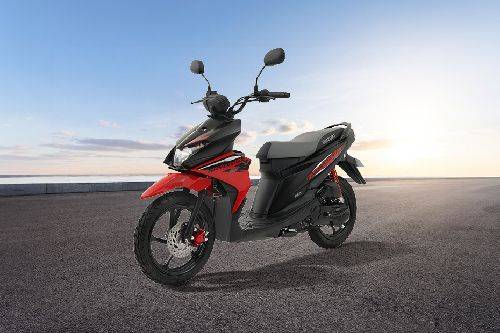
|
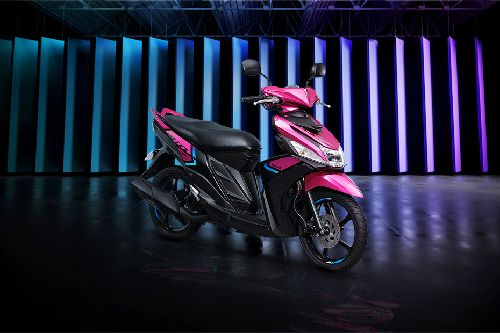
|
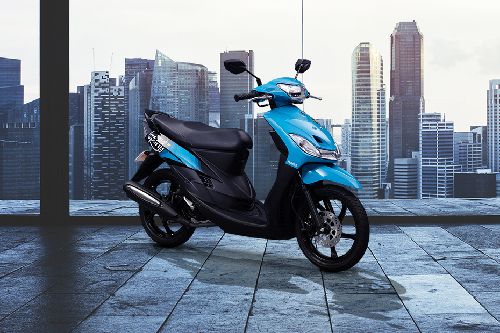
|
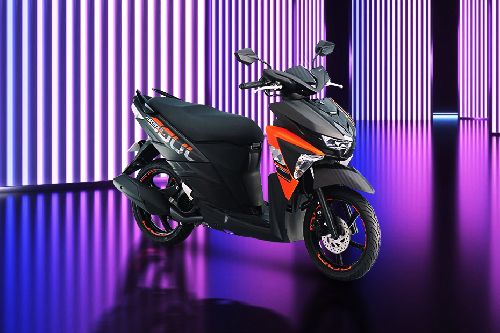
|
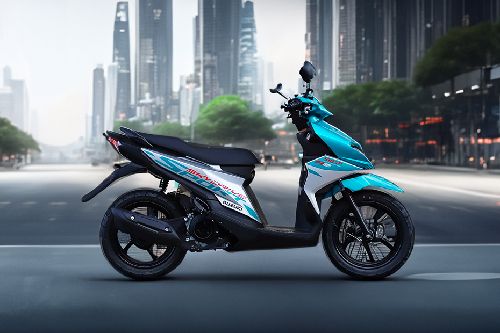
|
|
Engine
113
|
125
|
114
|
125
|
113
|
|
Power
8.9
|
9.3
|
7.6
|
9.3
|
8.9
|
|
Maximum Torque
8.7 Nm
|
9.6 Nm
|
7.2 Nm
|
9.6 Nm
|
8.5 Nm
|
|
Engine Type
Single Cylinder, 4-Stroke, 2-Valve, Air-Cooled, SOHC Engine
|
Single Cylinder, 4-Stroke, 2-Valve, Air-Cooled, SOHC Engine
|
Single Cylinder, 4-Stroke, 2-Valve, Air-Cooled, SOHC Engine
|
Single Cylinder, 4-Stroke, 2-Valve, Air-Cooled, SOHC Engine
|
Single Cylinder, 4-Stroke, 2-Valve, Air-Cooled, SOHC Engine
|
|
No. Of Cylinder
1
|
1
|
1
|
1
|
1
|
|
|
Trending Scooter
- Latest
- Popular
Suzuki Skydrive Crossover Motorcycle Articles From Carmudi
- journal
- advice
- insurance
Compare
You can add 3 variants maximum*- Brand
- Model
- Variant



